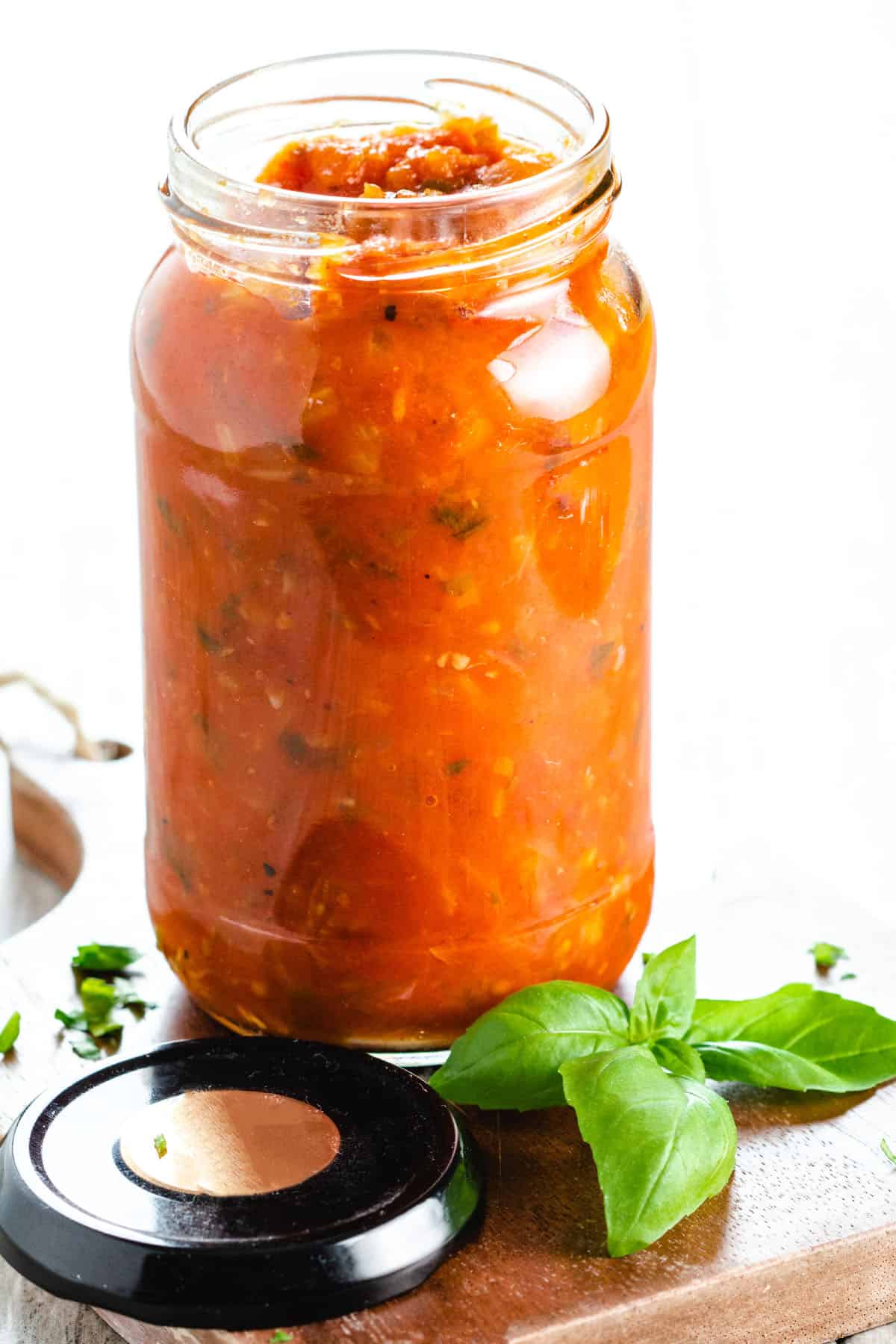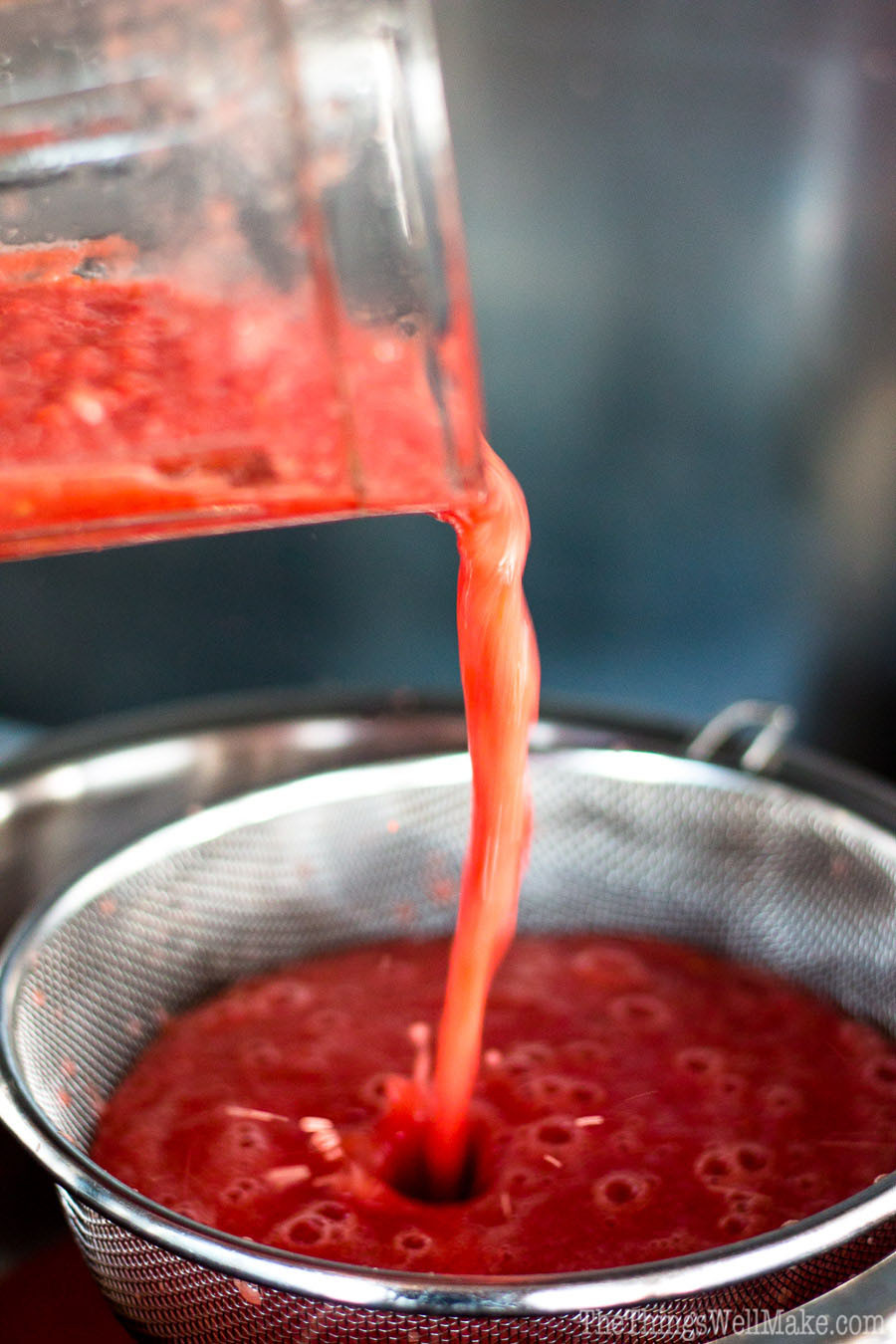
How to Create a Flavorful and Versatile Tomato Sauce from Tomato Paste
As a passionate home cook, I’ve always found a great tomato sauce to be the cornerstone of countless dishes, adding vibrant color, savory richness, and a touch of warmth to any meal. Whether you’re preparing a rich pasta sauce, a hearty soup, or a flavorful marinade, a well-crafted tomato sauce can elevate the ordinary to the extraordinary.
However, making a tomato sauce from scratch can be a time-consuming process, especially when using fresh tomatoes. That’s where tomato paste comes in, a concentrated and flavorful alternative that allows you to create a luscious tomato sauce with minimal effort. Here’s a comprehensive guide to using tomato paste to craft a delicious and versatile tomato sauce:
Creating a Flavorful Base
The base of any great tomato sauce lies in a harmonious blend of sautéed aromatics, such as onions, carrots, and celery. These vegetables provide a subtly sweet foundation, balancing the acidity of the tomatoes and adding depth to the flavor profile. Sauté the aromatics in a generous amount of olive oil over medium heat until they soften and become translucent. This will allow their natural sugars to caramelize, creating a rich and flavorful base.
Once the aromatics have softened, add your tomato paste and continue cooking for a few minutes, stirring constantly. This step allows the tomato paste to bloom, releasing its concentrated flavors and intensifying the sauce’s overall taste.
Adding Liquid and Simmering
To transform the concentrated tomato paste into a smooth and flavorful sauce, you need to add liquid. The most common choice is water, but for an extra layer of richness, consider using chicken or beef broth. Gradually whisk in the liquid until the sauce reaches your desired consistency. You can adjust the amount of liquid to achieve the thickness you prefer, whether you’re aiming for a thick and hearty sauce or a thinner, more versatile one.
Bring the sauce to a simmer and allow it to cook for at least 15 minutes, stirring occasionally to prevent scorching. This simmering time allows the flavors to meld and develop, resulting in a more complex and well-rounded sauce.
Seasoning and Personalizing
Once the sauce has simmered, it’s time to season it to your taste. Start with a generous dose of salt and black pepper, then add other herbs and spices as desired. Some popular additions include:
- Oregano: A classic Italian herb that adds a warm and slightly bitter note.
- Basil: Fresh basil leaves bring a bright and herbaceous flavor, perfect for summery sauces.
- Garlic: Minced garlic adds a savory and aromatic depth.
- Red pepper flakes: A pinch of red pepper flakes adds a subtle kick of heat.
Feel free to experiment with different combinations to create a sauce that aligns with your palate. You can also add sautéed vegetables, such as mushrooms, zucchini, or spinach, for added texture and flavor.
Tips for using tomato paste effectively:
To maximize the flavor and versatility of tomato paste, follow these expert tips:
- Choose high-quality tomato paste: Look for tomato paste made from ripe, sun-ripened tomatoes for the best flavor.
- Don’t overcook the tomato paste: Cooking it for too long can result in a bitter taste.
- Add a pinch of sugar: A small amount of sugar can help balance the acidity of the tomatoes.
- Use tomato paste as a base for other sauces: Tomato paste can be a versatile base for various sauces, such as marinara, arrabbiata, and puttanesca.
Frequently Asked Questions about Tomato Paste:
- Q: What is tomato paste?
A: Tomato paste is a concentrated form of tomatoes, made by simmering tomatoes for several hours until most of the water has evaporated, leaving behind a thick, flavorful paste.
- Q: How long does tomato paste last?
A: Unopened tomato paste can last for up to 2 years in a cool, dark place. Once opened, it can be stored in the refrigerator for up to 6 months.
- Q: Can I substitute tomato sauce for tomato paste?
A: Yes, you can substitute tomato sauce for tomato paste, but you may need to adjust the amount of liquid in your recipe.
- Q: Can I freeze tomato sauce made with tomato paste?
A: Yes, you can freeze tomato sauce made with tomato paste for up to 3 months.
Conclusion
Mastering the art of making tomato sauce from tomato paste is a culinary skill that can transform your cooking repertoire. With its versatility and ease of use, tomato paste allows you to create a flavorful and satisfying sauce in a fraction of the time it takes to use fresh tomatoes. So, the next time you’re in need of a quick and delicious tomato sauce, reach for a can of tomato paste and let your culinary creativity shine.
Are you eager to learn more about using tomato paste in your cooking? Let us know in the comments below, and we’ll be happy to provide additional tips, recipes, and insights.

Image: thequick-witted.com

Image: saveur.sot.ag
Homemade Tomato Sauce From Scratch – Olivia’s Cuisine The Trick. Cook the tomato paste a bit before you use it. Yes, it’s that simple. Stir the amount of paste you need in a saucepan over medium-high heat for a few minutes, being careful to not let it scorch on the bottom of the pan. You’ll know it’s ready when the color starts to darken a little and the tomato aroma is very intense.